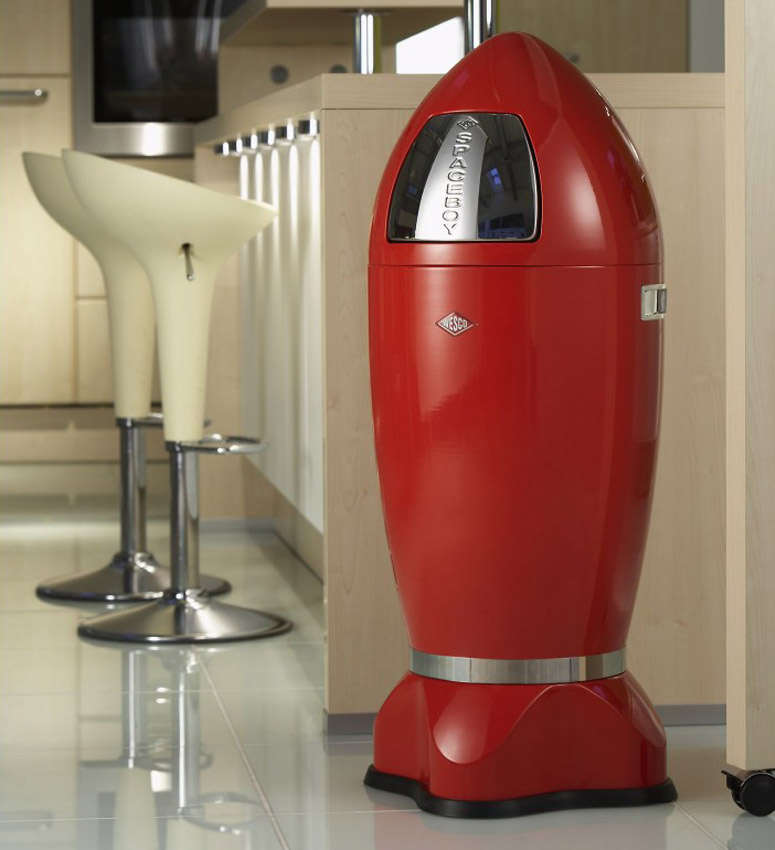

There, they noticed how difficult it was for entrepreneurs to get bank credit from traditional sources, which required a credit history and a personal guarantee. They were participating in Y Combinator, a start-up accelerator, with an idea for a virtual-reality company, Veyond.
#Rocketship coffee tv
Going to Stanford was a dream, they said, because of the TV show “Chuck,” whose protagonist was a hacker who studied there.īut after eight months, the pair dropped out. In 2015, they moved to Silicon Valley to attend Stanford University. By the time they turned 20, they had sold it to Stone, a Brazilian charge card processor.

The two met on Twitter as teenagers and together built a payments start-up,, based in São Paulo. “Start-ups are great because they’re underserved and provide a lot of feedback to companies like ours,” said Kanishka Maheshwari, a founder of InterPrime, based in Menlo Park, Calif. And there is InterPrime, which helps start-ups manage their “idle cash” and has more than 50 customers. There is Guideline, which provides retirement services to start-ups. And a burgeoning class of these companies is thriving by catering to a fast-growing market: other start-ups.Īpart from Brex, there is Carta, which helps start-up employees manage their equity and is valued at $1.7 billion. Start-ups raised $55 billion in venture capital in the first half of this year, the most since 2000, according to CB Insights and PwC.

Franceschi worth roughly $430 million each on paper, according to EquityZen, a marketplace for private stocks.īrex is an example of Silicon Valley’s unflagging start-up exuberance, even amid the Big Tech backlash. The two-year-old start-up moved into the sun-filled space this year as investors poured in tens of millions of dollars, valuing Brex at $2.6 billion - and making Mr.


 0 kommentar(er)
0 kommentar(er)
